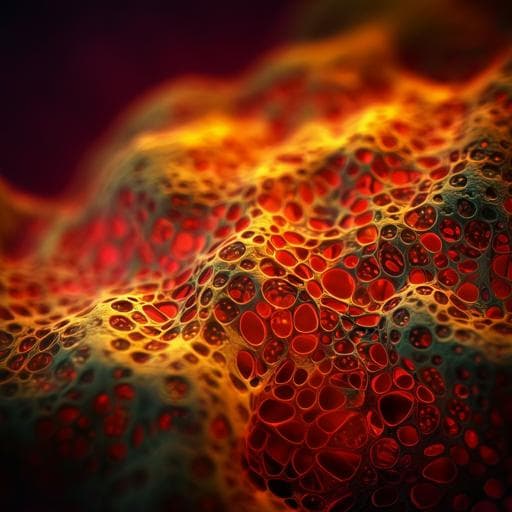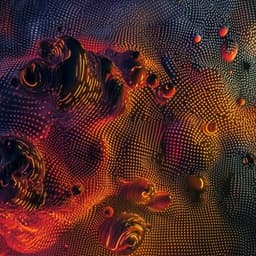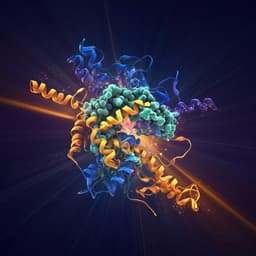
Medicine and Health
Optimized single-step optical clearing solution for 3D volume imaging of biological structures
K. Kim, M. Na, et al.
Discover OptiMuS, a groundbreaking single-step optical clearing solution developed by Kitae Kim and colleagues that rapidly enhances tissue transparency while maintaining size and fluorescent signals. Perfect for 3D imaging of vascular structures and detailed morphological analysis, this innovation revolutionizes biological imaging.
~3 min • Beginner • English
Related Publications
Explore these studies to deepen your understanding of the subject.







